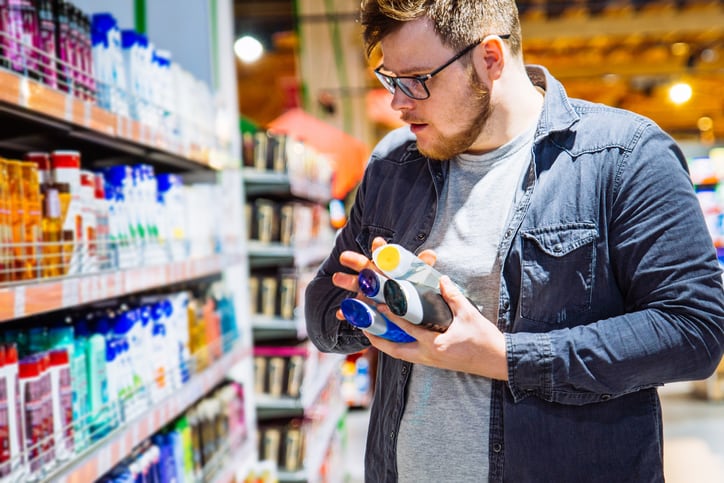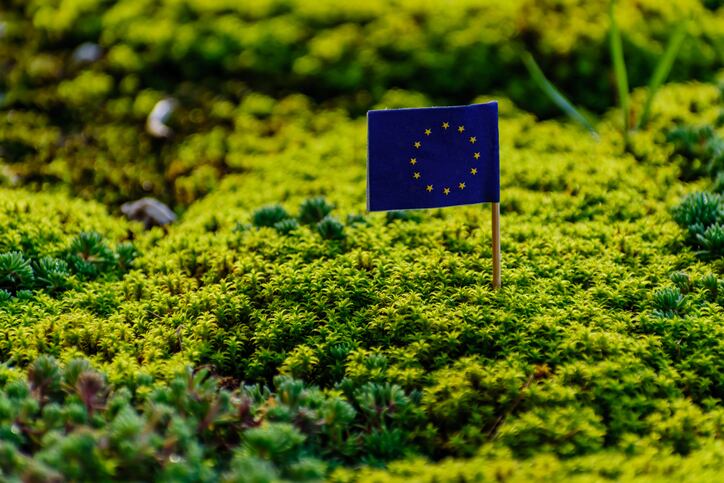In a recently published report A Global Mapping and Assessment of Standards, Labels and Claims on Plastic Packaging, consumer rights organisation Consumers International and the UN’s Environment Programme (UNEP) detailed findings from an assessment conducted on recycling and sustainability labelling across plastic packaging worldwide – research conducted as part of the One Planet Network’s plastic initiative. The assessment of labels considered five basic principles: reliability, relevance, clarity, transparency and accessibility and was conducted using an expert consultation process, with insights from members of industry, government, academia and civil society.
Only 19% plastic packaging labels provide ‘quality information’
Findings showed most labels worldwide were “confusing and inconsistent” for consumers. Of the 31 label styles assessed, just 19% provided consumers with quality information to make informed recycling and purchasing decisions, according to the report.
“Rising public awareness and concern about plastics has encouraged businesses to increasingly communicate this information about their packaging. However, the information is not always clear or actionable for consumers,” Consumers International and the UNEP said.
Labels around compostability and biodegradability emerged as “the most problematic”, the report said, because consumers remained confused about how to dispose of these items despite expressing interest and preference towards such packaging types.
The report also found “confusing use” of the chasing arrows symbol, associated with recycling but not always used by brands for this purpose. Use of the Green Dot label also created consumer confusion because it was reminiscent of the universal recycling symbol but in fact represented a brand’s contribution to an EU scheme set up to recover, sort and recycle packaging.
Action must be taken amid a ‘plastic pollution crisis’
The UNEP and Consumers International report said these findings came at a time the planet was facing a “plastic pollution crisis”, with only 9% of plastic waste recycled globally, about 12% incinerated and the rest sent to landfill or leaked into the environment.
RECOMMENDATIONS TO IMPROVE PLASTIC PACKAGING CONFUSION
The five recommendations outlined in the report are:
- All businesses should follow the Guidelines for Providing Product Sustainability Information; guidance published in 2017 by the UNEP and International Trade Centre (ITC)
- There should be global consistency on definitions relating to the content and reusability of packaging or disposable items
- Definitions and technical requirements of recyclability, compostability and biodegradability must better reflect real world conditions and be more attentive to accessibility and consumer understanding
- Use of ‘chasing arrows’ should be restricted to indicating recyclability only
- Informative and verified recycling labels should be adopted and proper use enforced
This was “far away” from goals outlined in the New Plastics Economy Global Commitment led by the Ellen MacArthur Foundation in collaboration with the UNEP, they said. The commitment aimed to make all plastics safe to reuse, recycle or compost by 2025, with any unneeded plastic items completely eliminated.
The UNEP and Consumers International said a “global, multi-faceted, multi-stakeholder approach” was the “only way to tackle a crisis on this scale”.
And better plastics labelling, they said, formed a “simple and powerful” part of that.
Their report outlined five recommendations on overcoming plastic label confusion, including global consistency on definitions around packaging content and reusability; restrictions on use of the ‘chasing arrows’ symbol; and adoption of informative and verified recycling labels worldwide.
Addressing plastic confusion in beauty
“Consumers are increasingly aware of the impact of plastics on the environment, however information provided on plastics is not always clear and actionable,” said Helena Leurent, director general of Consumers International.
And this confusion was seen across all fast-moving consumer good (FMCG) categories, including beauty and personal care, Leurent told CosmeticsDesign-Europe.
“Many beauty and personal care goods are packaged in plastic and consumers may look at this packaging for information on the correct disposability,” she said.
Leurent encouraged beauty businesses across the supply chain to follow recommendations outlined in the report, specifically use of the ‘chasing arrows’ symbol only where it represented recyclability and use of the UNEP’s 2017 guidelines on product sustainability information.
The beauty industry should also look to work with “standard setters”, she said, to ensure plastic packaging labels were designed and developed by a range of stakeholders. Leurent also invited beauty brands to “become involved” in Consumers International’s plastics programme that was focused on transformative change in plastic packaging labels.
“…The level of systemic change we need is only possible by working together,” Leurent said in the report.



